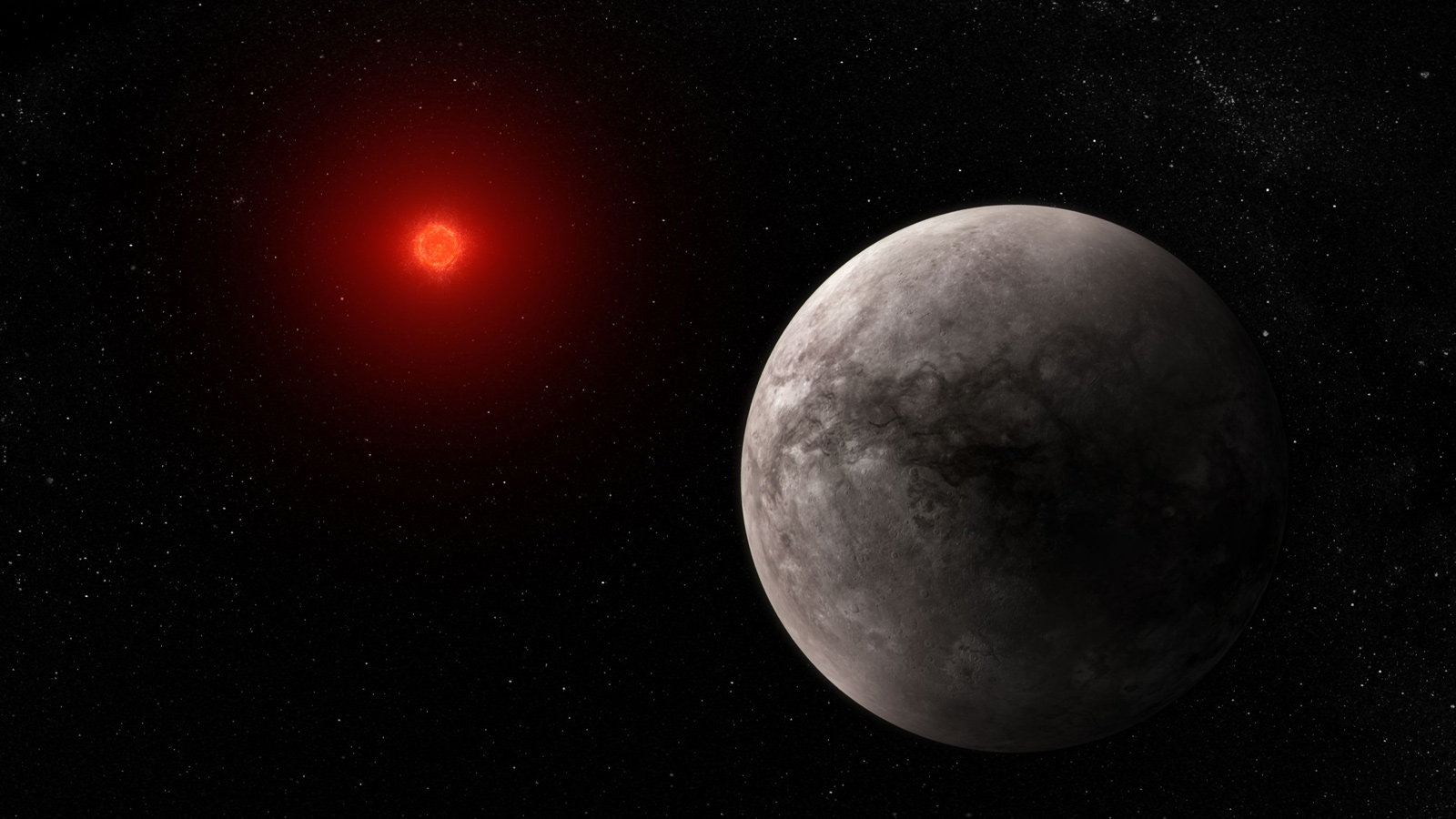James Webb first measured the temperature of an earth-like planet in the TRAPPIST-1 star system, but found no atmosphere

The James Webb Space Telescope continues to operate and help scientists explore the universe. Experts used the observatory to study the first planet in the TRAPPIST-1 star system.
Here's What We Know
James Webb is equipped with a Mid-Infrared Instrument (MIRI) camera. This instrument was used to measure the temperature on the planet TRAPPIST-1b, which is 1.4 times the size of Earth.
Astronomers wanted to find an atmosphere on the planet. TRAPPIST-1b turned out to have a daytime temperature of 230 degrees Celsius. Unfortunately, the scientists couldn't detect any trace of light absorption or redistribution. This may indicate that there is no atmosphere on the planet.
Don't get too upset just yet. The TRAPPIST-1 system has seven planets orbiting the red dwarf. On three of them (TRAPPIST-1e, TRAPPIST-1f and TRAPPIST-1g) biological life may exist.

The star is 40 light years away from the Sun, making it the most studied system by the National Aeronautics and Space Administration (NASA). After the solar system, of course.
The planet TRAPPIST-1b is 100 times closer to its star than Earth is to the Sun and 40 times closer than Mercury. The red dwarf's relatively weak luminosity is more than compensated for by its short distance. Thus, TRAPPIST-1b receives 300 percent more light than our planet.
Scientists knew immediately that there was little chance of an atmosphere. However, NASA had hoped for different results. Some researchers speculated that TRAPPIST-1b had a dense atmosphere.
Source: Nature